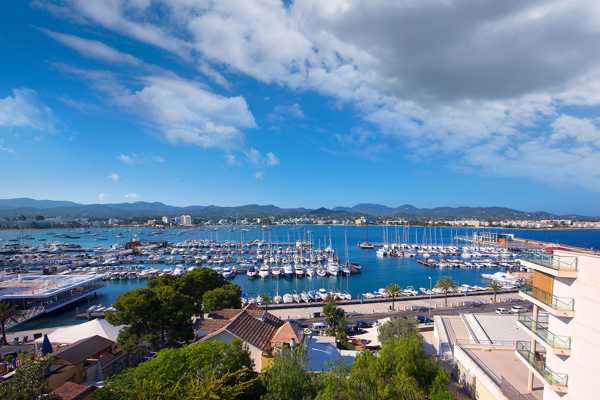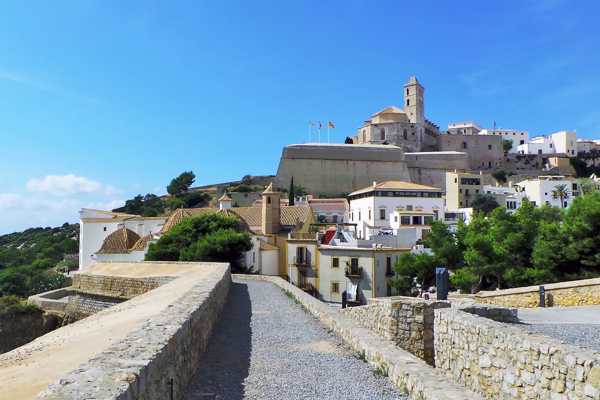Ibiza’s Old Town is the historic heart of the sun-kissed Spanish island and a must for anyone who loves an island getaway with a bit of antiquity. Also referred to as Dalt Vila, which means “High Town” in the local tongue, the elevated 16th-century settlement commands impressive views of the harbour and the neighbouring island of Formentera.
Age-old monasteries, cathedrals, museums, and battlements tell of its history, all enclosed by a defensive heptagon-shaped wall. In-between historical monuments, you’ll stumble upon contemporary upscale restaurants and quirky handicraft stalls.
These cobblestoned UNESCO-listed streets feel worlds away from modern-day Ibiza – it’s an intriguing contrast to those booming megaclubs and ritzy seaside resorts. This guide covers the highlights, history, and essential info of the fortified old town so you can make the most of your trip to Dalt Vila.
Old Town in Ibiza - one of the highlights of 13 Great UNESCO World Heritage Sites in Spain and 10 Things to Do in Ibiza on a Small Budget (Read all about Ibiza Island here)

What are the highlights and features of Ibiza’s Old Town?
The main entry point is Portal de ses Taules, an enormous arched gate that burrows through the thick fortified walls. On the other side, you’ll find the whitewashed Plaza de Vila. The Old Town’s main square, it’s home to a slew of restaurants, galleries, and stores.
Just past Portal Nou, the town’s second entrance, the world-class Contemporary Art Museum exhibits an eclectic collection of modern works.
All Old Town roads ultimately lead to the Cathedral of Santa María de las Nieves, a pretty 13th-century church that hosts an open mass and affords spectacular Mediterranean views. Adjacent is Castell d’Eivissa, an imposing hilltop castle with narrow laneways and high medieval ramparts. From here, you can see the red terracotta roofs of the cloistered convent home to practising Augustine nuns: the Church of Santo Domingo.
Nearby, the Museum of Archaeology houses a small but interesting collection of Phoenician artefacts, namely pottery, ceramics, and glassware.
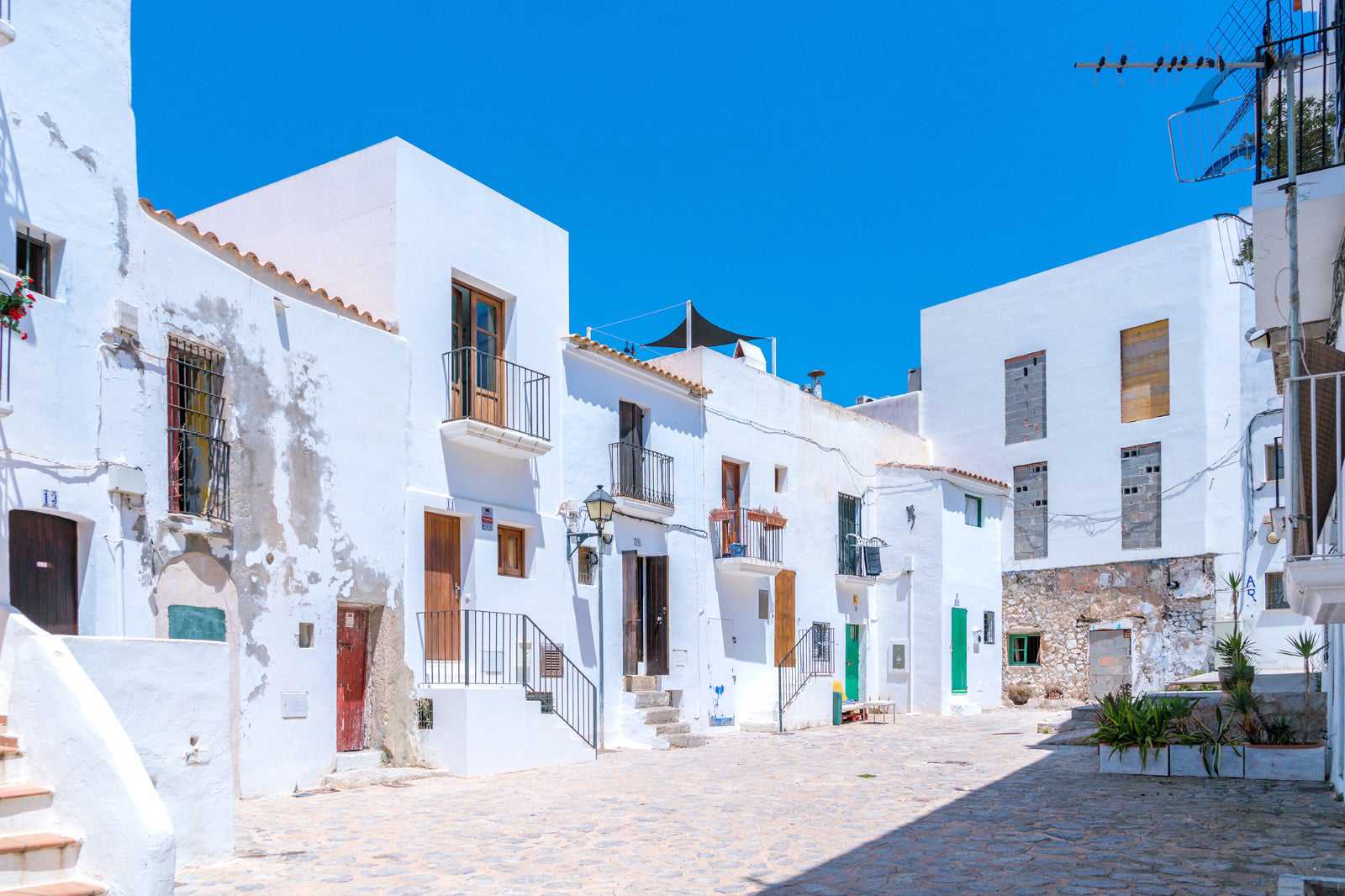
A brief history of Old Town in Ibiza
The Phoenicians were the first to discover Ibiza, founding Dalt Vila (then known as Ibosim) way back in 654 BC. With over 2,500 years of history, it’s among the oldest towns in all of Europe. UNESCO listed the entire Old Town as a protected area in 1999.
Several successive occupiers left their mark on the city over the following millennia. Most notable were the Romans, who held residence here between the 5th and 9th centuries – you can still see some of their original statues at Portal de ses Taules today.
In the 16th century, King Phillip II ordered the construction of a defensive wall to protect against pirate and Ottoman invaders. The Renaissance-era perimeter took 40 years to build and has been fundamental in safeguarding the wealthy, resource-rich city. By that time, Dalt Vila had become one of the most important Mediterranean settlements and an attractive target for invaders.
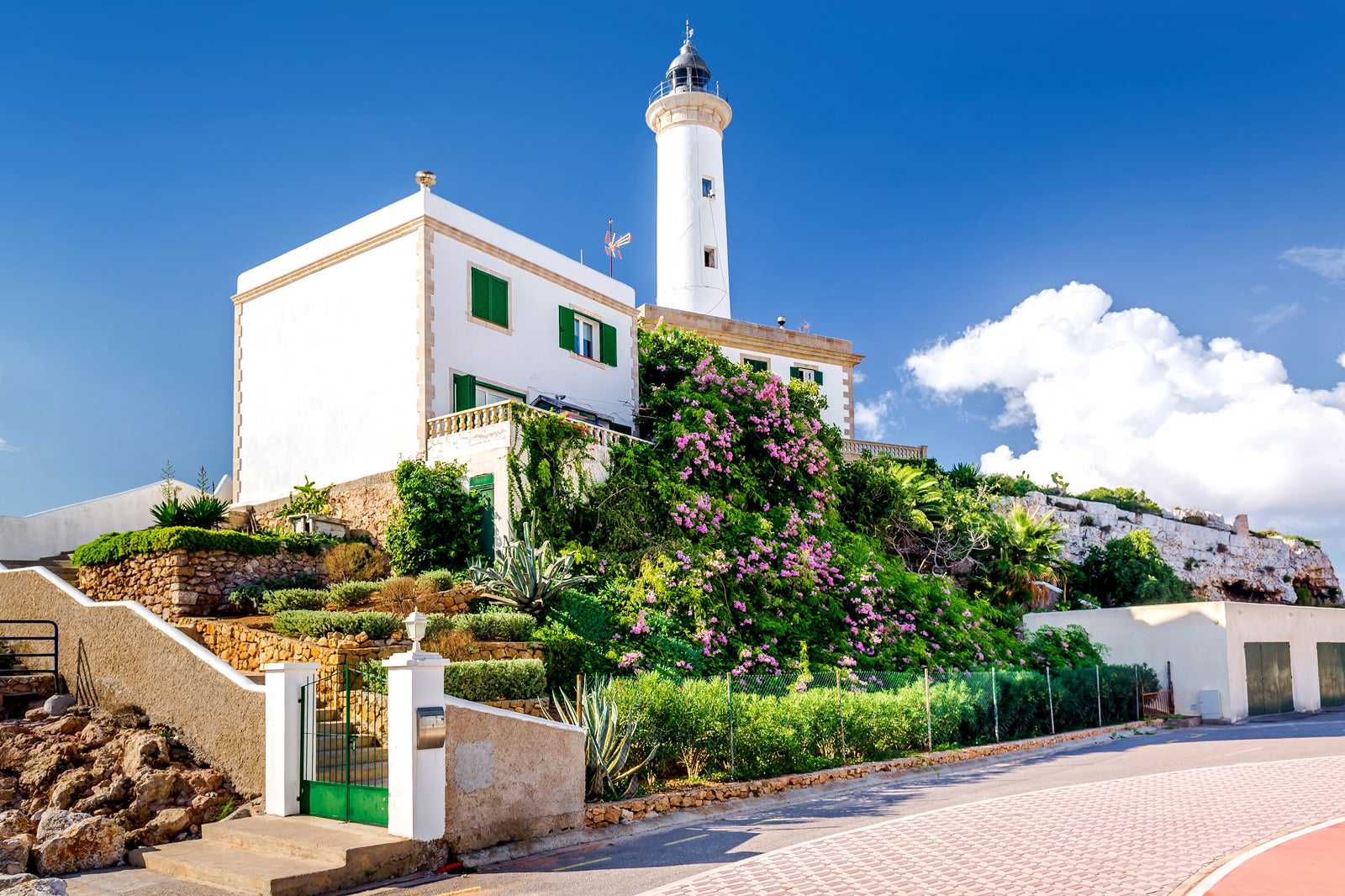
Good to know about Ibiza Old Town
The best way to explore Dalt Vila is on foot – allow several hours to give the site the attention it deserves. It’s a steep, uphill slog, so pack plenty of water and avoid visiting on a mid-summer afternoon if you can.
There are 3 official sightseeing loops (see the Vara de Rey Tourist Office for brochures) that lead you through the top attractions. Intermittent information plaques provide insightful historical background at each site.
If you don’t fancy following a pre-defined route, there’s no harm in wandering around on your own (getting lost is half the fun). Alternatively, 2-hour guided tours run daily throughout the Old Town.
Fancy resting your feet? Cinema Paradiso is a fantastic open-air cinema in a scenic location on the Bastion of Sant Pere ramparts. Also, techno fans won’t want to miss the grand finale of the International Music Summit, which takes place on the battlements of Santa Lucía in early summer.
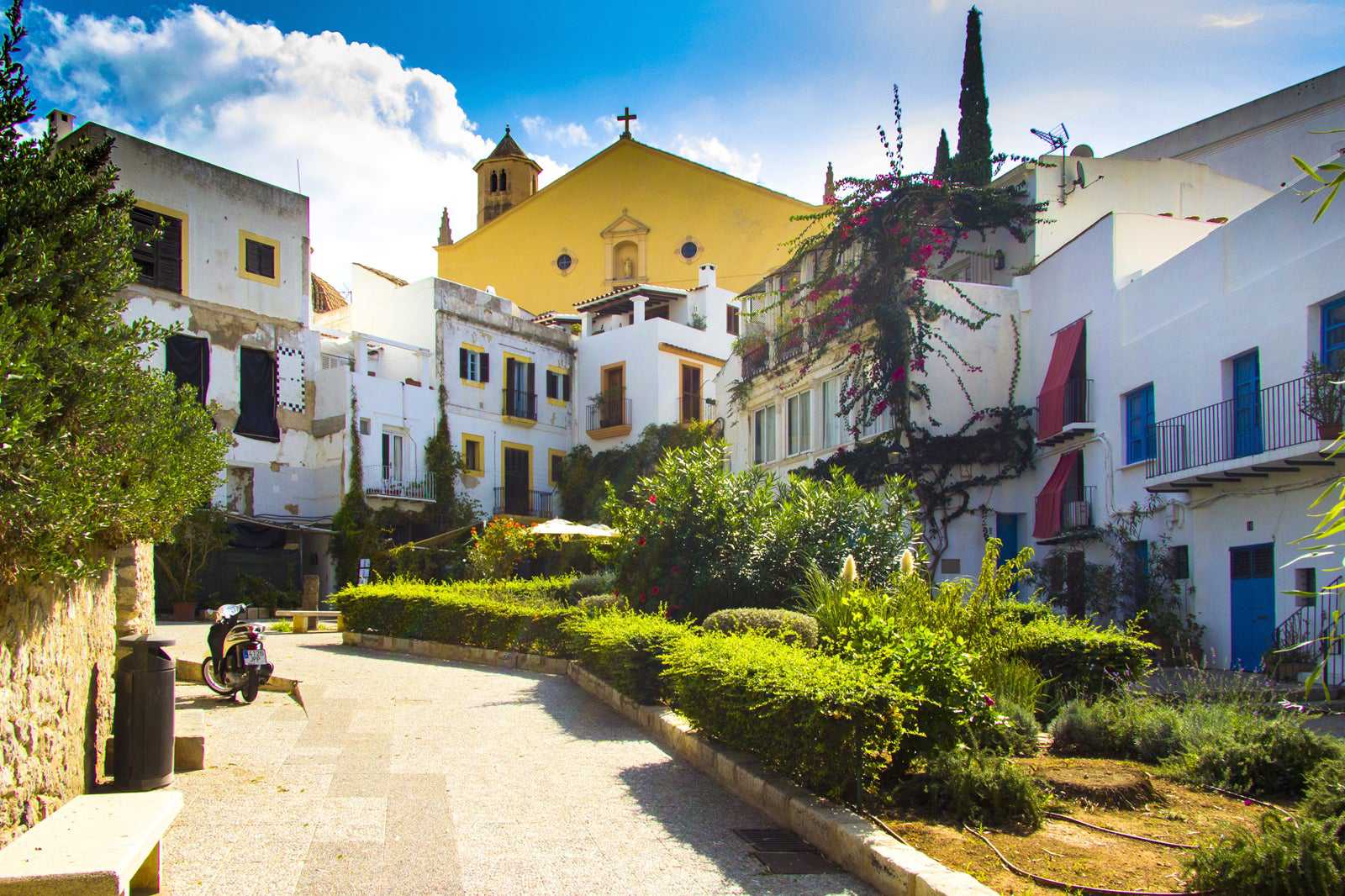
Old Town in Ibiza
Dirección: Eivissa, Illes Balears, Spain












